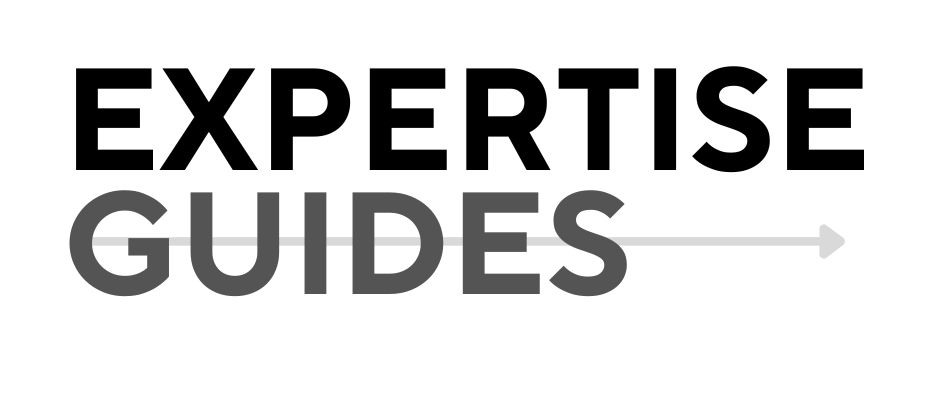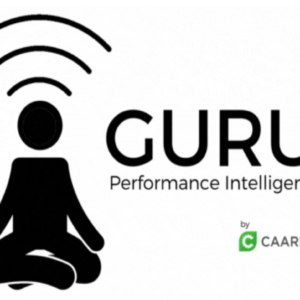Summary: Discover how emotionally intelligent strategies can transform employee engagement and retention, leveraging data-driven insights for sustainable success.
Information Type: Guidebook
Introduction: The Critical Role of Emotional Intelligence in Employee Engagement
In today’s fast-paced business environment, employee engagement and retention are more critical than ever. According to Gallup’s 2023 State of the Global Workplace report, only 20% of employees are engaged at work. How can leaders bridge this gap? As a Data-Driven Transformation Specialist, I understand the power of emotional intelligence in creating meaningful connections and fostering a positive workplace culture. This guide will transform your leadership approach, enhancing your team’s performance and satisfaction.
Understanding and Implementing Emotionally Intelligent Strategies
Defining Emotional Intelligence in the Workplace
Emotional intelligence is the ability to recognize, understand, and manage our own emotions, as well as the emotions of others. In the workplace, it involves empathy, self-awareness, and effective communication.
Key Components of Emotional Intelligence for Leaders
- Self-Awareness: Recognizing your emotions and their impact on others.
- Self-Regulation: Managing emotions constructively and staying adaptable.
- Empathy: Understanding and considering others’ feelings in decision-making.
- Social Skills: Building strong relationships and fostering teamwork.
Assessing Your Current Emotional Intelligence Quotient
Conduct a self-assessment to identify your strengths and areas for improvement. Tools like the EQ-i 2.0 assessment can provide valuable insights.
Practical Exercises to Enhance Emotional Intelligence
Engage in activities like active listening, journaling, and empathy exercises to boost your emotional intelligence.
Data-Driven Approaches to Employee Engagement
Key Metrics for Measuring Employee Engagement
Track metrics such as employee satisfaction, turnover rates, and productivity levels to gauge engagement.
Implementing Effective Survey Techniques
Design surveys with clear, relevant questions that encourage honest feedback. Use platforms like Qualtrics for data collection.
Analyzing and Interpreting Engagement Data
Examine survey results to identify trends and areas needing improvement. Utilize data visualization tools to present findings clearly.
Case Study: How Company X Used Data to Boost Engagement by 40%
Through strategic data analysis and emotionally intelligent leadership, Company X increased engagement by 40%, leading to higher retention and productivity.
Aligning Emotionally Intelligent Strategies with Organizational Goals
Creating a Culture of Trust and Open Communication
Foster an environment where employees feel safe to express ideas and concerns. Encourage transparency and regular feedback.
Developing Empathetic Leadership Practices
Lead by example, showing genuine concern for employees’ well-being. Implement policies that support work-life balance and mental health.
Fostering a Growth Mindset Within Your Team
Encourage continuous learning and development. Recognize efforts and celebrate achievements to motivate your team.
Balancing Performance Expectations with Employee Well-Being
Set realistic goals and provide support to prevent burnout. Regularly review workloads and adjust as needed.
Overcoming Challenges and Measuring Success
Common Obstacles in Implementing Emotionally Intelligent Strategies
Resistance to change and lack of awareness can hinder progress. Address these by providing training and clear communication of benefits.
Strategies for Gaining Buy-In from Skeptical Stakeholders
Present data-driven evidence demonstrating the impact of emotional intelligence on business outcomes. Highlight case studies and success stories.
Long-Term Metrics for Tracking the Impact of Your Efforts
Monitor engagement scores, retention rates, and employee feedback over time to measure success and make informed adjustments.
Continuous Improvement: Adapting Your Approach Based on Results
Regularly review and refine your strategies, staying open to feedback and new insights for sustained improvement.
“Perspective Check”: Consider potential drawbacks of emotionally intelligent strategies, such as over-reliance on emotional cues or misinterpretation. Engage with alternative viewpoints to develop a balanced, informed approach to leadership.
“The Coach/Consultant’s expertise in data-driven insights and cultural transformation uniquely positions them to guide organizations through complex changes, addressing client emotions of uncertainty, frustration, and ambition.”
Follow me for more insights on transforming organizational culture. Comment with your thoughts on emotionally intelligent leadership, and share this guide with your network to start a conversation about boosting engagement and retention.


